#science museum
Explore tagged Tumblr posts
Text





Custom Kewpie dolls ☆ The first picture is mine — I bought it at the National Museum of Nature and Science in Tokyo during their MANIAC insect-themed exhibition. I’ll upload more pictures from the exhibit because it was the best I’ve ever seen, and I still feel so lucky I got to be there.
46 notes
·
View notes
Text

꧁★꧂
#robot#lenses#robot eyes#claw#cyber#cybercore#cyberpunk#absolutely no clue what this thing is#but i want it#museum of science and industry#science museum#chicago#illinois#usa#flickr#oldweb#old web#2005#2007#fav
292 notes
·
View notes
Text
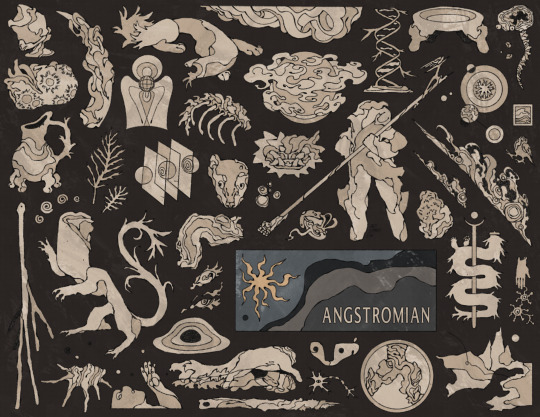
museum of unnatural history
#original art#history museum#museum of natural history#science museum#science#natural science#artifacts#musuem#character design#creature design#adstreier art
52 notes
·
View notes
Text




Going on nature walks and visiting science museums makes me feel alive again 🏞️🍃
#light academia#romantic academia#cottagecore#nature#naturecore#goblincore#springcore#slow living#slowcore#science museum#evening walk
42 notes
·
View notes
Text

Fluorite - CaF2; From the Spar Mountain Mine in Rock, Illinois.
Pure Fluorite is actually clear, and it is impurities within the mineral makeup of the crystals that causes the colors. Most common colors are yellow, green, blue, and purple, whereas more rare or less common colors are red, brown, black, and white.
#fluorite#purple fluorite#red fluorite#halide mineral#calcium fluoride#calcium#fluoride#not roller coasters#2024#june 2024#smithsonian#smithsonian natural history museum#natural history museum#history museum#smithsonian museum#museum#washington DC#dc#washington#us capitol#science museum#history#science#smithsonian institution#geology#rocks#crystals#minerals#metal#gems
20 notes
·
View notes
Text

Giant Beaver art for the Bad Weather Brewing X Science Museum of Minnesota's push to get a 'State Fossil.'
#illustration#minnesota#beer art#landscapepainting#bad weather#brewery#prehistoric#ice age#science museum#giant beaver#midwest kaiju#animal art#fuzzy
9 notes
·
View notes
Text









POV:
Your elementary class took a field trip to the local childrens/science museum
Nostalgia-core stimboard
16 notes
·
View notes
Text
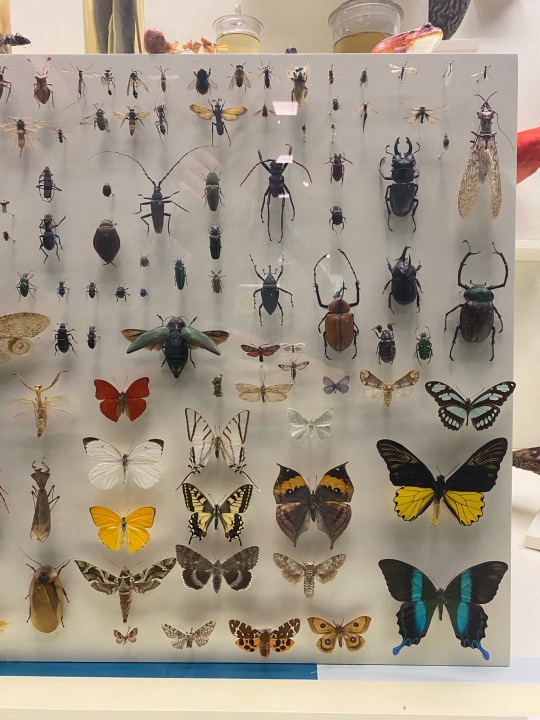

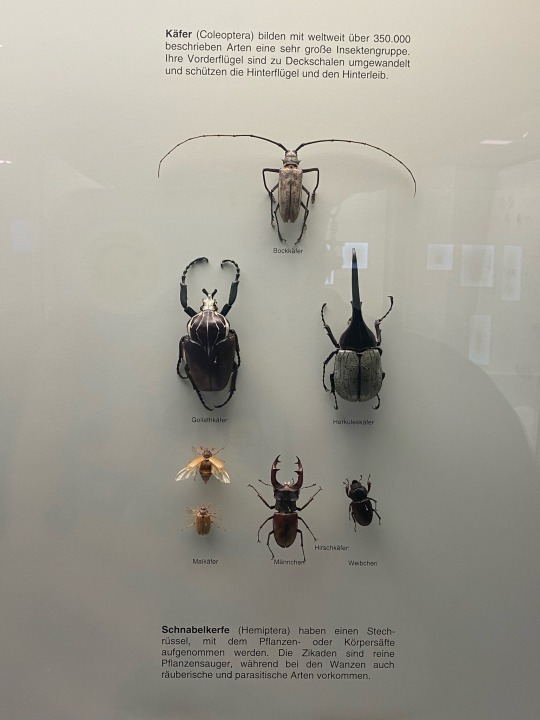
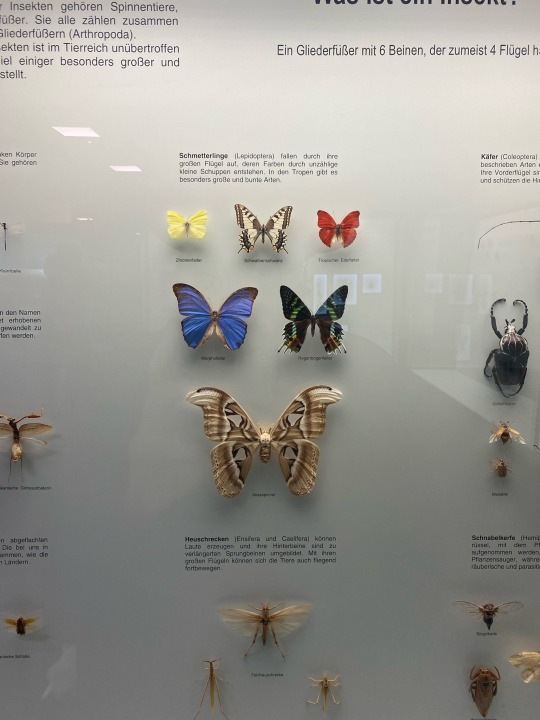
from when I went and visited the Zoological Museum in Hamburg 🪲 reblog is ok, don’t repost/use
#my photos#museum#nature museum#zoology#bugs#butterfly#biology#stemblr#stem academia#science museum#stem aesthetic#museum photography#museum display#museum collections#museum education#bugblr#dark academia#dark academia aesthetic
41 notes
·
View notes
Text
Two drawings I did, yippee!!

(Original artist for inspo drawing- ManekiNekoTea
Her au- Dream Island elementary)

(Bozo IDFB!)
#little goblin in your shoe#art#digital art#drawing#fanart#bfdi#idfb#dream island elementary#battle for dream island#bfdi golf ball#golf ball tpot#golf ball bfb#golf ball bfdi#golf ball idfb#bozo idfb#idfb bozo#science museum#bfdi science museum#kid au
11 notes
·
View notes
Text

Progression of four solid bodies (in clay) of Genus 2, showing stages in the deformation of a solid cylinder with two holes, to a teapot shape.
Mrs M. Jones, 1967.
(via Science Museum)
38 notes
·
View notes
Text
For museum professionals, you can answer with how your institution refers to frontline staff who assist with guests, but please make a note in your tags so I know not to count your answer with "the public". Thanks!
(For transparency, I am a museum professional in a history museum. I'm interested in learning more about how the general public refer to certain jobs that we have evolving names for. I'll make a follow up post after the poll ends about the results and any thoughts I have.)
191 notes
·
View notes
Text




I had the pleasure of visiting the exquisite creatures exhibit at OMSI this afternoon. HIGHLY recommend if you have an opportunity.
#bugs#birds#butterflies#beetles#art#photography#science museum#preserved animals#in the artist statement he specifically says he isn’t doing taxidermy#it’s an incredibly beautiful & fascinating exhibit#Portland Oregon
8 notes
·
View notes
Text
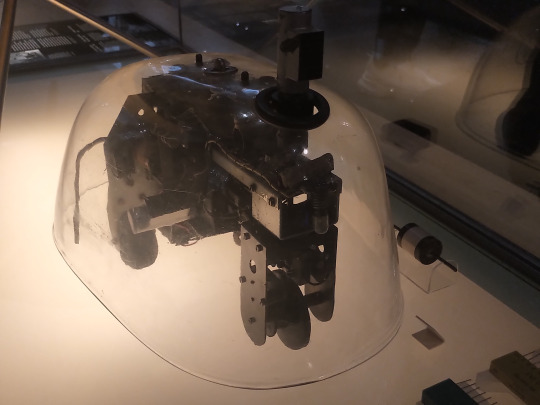
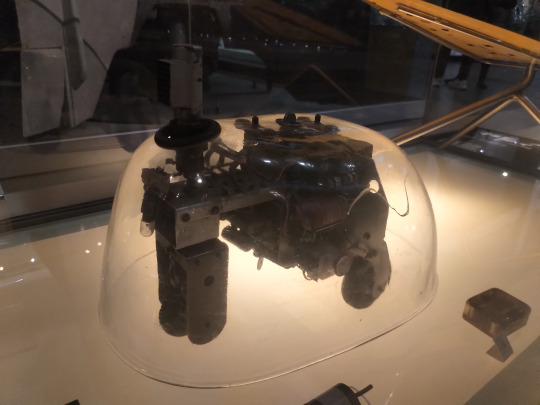
Cybernetic Tortoise
Year: 1950 Inventor: Walter Grey Current Home: London Science Museum
"A landmark both in robotics and cybernetics (the science of communication and control systems), the tortoise invented by William Grey Walter was an 'artificial animal' designed to investigate brain functions.
It was devised at the Burden Neurological Institute in Bristol, a unique centre combining experimental and clinical work, established in 1939. A favourite at the science exhibition of the Festival of Britain, held at the Science Museum, under the name Machina speculatrix, was designed to behave like a simple animal.
It was wired to display certain characteristics: it travelled around floors, manoeuvred to avoid obstacles and slopes, and was equipped with a photo-receptor so that it would approach moderate light but avoid bright illumination." - Science Museum Website Entry
44 notes
·
View notes
Text


DO NOT ROLL, TUMBLE OR DROP
The Sparrow missile is a medium range air-to-air missile with semi-active radar homing that was used by the US Air Force, Navy, and Marines. Developed by Raytheon and used in the Vietnam and Gulf wars. Pictured above is the Sparrow II, which, when developed, came with the new freedom of being able to fire at multiple different targets back-to-back. The small size and type of radar used in the Sparrow II model led to poor performance and was abandoned in 1956.
#Sparrow II#missile#missiles#air to air missile#homing missile#explosive missile#raytheon#gulf war#vietnam war#not roller coasters#2024#june 2024#Steven F. Udvar-Hazy center#Steven F. Udvar-Hazy Boeing Aviation Hangar#udvar-hazy smithsonian hangar#udvar-hazy center#smithsonian boeing aviation hangar#boeing aviation hangar#smithsonian institution#air and space museum#aviation#aviation photography#museum photography#science museum#science#engineering#aircraft#aircraft photography#pilot#Washington DC
9 notes
·
View notes
Text
Greetings, fellow travelers! 🌎
On this blog you will find wild stories, stunning photos, quotes, random gossip, whimsy & snark, from staff and visitors to:
Museums 🏛️
Science centers 🔭
Zoos 🐼
Aquariums 🦈
Botanical gardens 🌿
& related institutions.
I have some stories of my own to tell, and I want to hear about your experiences in these places, too!
About me: I just took early retirement after working for more than 25 years as the web designer, editor, and photographer for a natural history museum. I have a BA in anthropology and a master's in museum studies. I had graduate assistantships in the exhibits, entomology, and geology/paleontology departments of the university museum where I was working towards my degree. Before that, I worked as a sort of general assistant in a small science museum. Earlier still, I volunteered with the exhibits team at a science & nature center that also had a small zoo.
My parents were both scientists - mom was a high school biology teacher (and a botanist by training) and dad was a physicist. They both loved to travel, and we did a lot of that when I was a kid. We took a few cross-country road trips, and also took trips to Canada, France, the UK and Switzerland. I've done limited travel on my own to Germany and Denmark. I've been to museums and similar places on most of these trips. I plan to share my thoughts on those experiences here.
Please join me in exploring the world of museums!
#first post#museums#research#museology#science#science center#science museum#history#history museum#living history#art museum#museum studies#Children's museum#aquariums#botanical gardens#herbarium#nature center#zoos#Wildlife center#conservation#Informal education#Exhibits#Museum trips#travel#places to visit#cultural attractions#Museum history#museum humor#travel destinations
10 notes
·
View notes
Text
#i come at this with no agenda no not at all i definitely haven't written countless letters to MPs trying to save a similar museum no....#there's no reason i am tagging this#powerhouse museum#i could be thinking about any#museum#like#questacon#or the#Museum of Science and Industry#or maybe im thinking of#London Science Museum#it could be any#technology museum#or#science museum#It's going to be the Tumblr#Museum of Applied Arts and Sciences#and we will never let a CEO earn half a million a year while she denies funds for essential maintenance and strips out educational content#if i had more spots i would have added in one for the history of communications exhibit and#the Emergence of AI exhibit the old founding director proposed but as you can tell#i am very much grinding an axe right now
27 notes
·
View notes